Nerve Entrapment Syndromes Treatment at Foot Foundation
Nerve entrapments—peroneal, deep or superficial peroneal, tarsal tunnel—cause burning, tingling, numbness, or weakness that can mimic muscle or tendon pain.
At Foot Foundation, we differentiate nerve from musculoskeletal or vascular causes, adjust footwear/lacing, prescribe orthotics, guide neural mobility, and refer when needed.
What are Nerve Entrapment Syndromes?
Nerve entrapment syndromes occur when a peripheral nerve in the leg is compressed, stretched, or irritated. This can lead to pain, tingling, numbness, weakness, or burning sensations.
The most common nerve entrapments affecting the lower leg include:
Common Peroneal Nerve Entrapment: compression around the fibular head, causing weakness of foot dorsiflexion (“foot drop”) and numbness along the shin/top of the foot.
Deep Peroneal Nerve Entrapment: often seen in the anterior ankle (“anterior tarsal tunnel”), causing burning pain on the top of the foot or between the first and second toes.
Superficial Peroneal Nerve Entrapment: compression of the nerve as it exits the fascia, leading to lateral leg and dorsum foot pain.
Sciatic Nerve–Related Symptoms: referred pain or entrapment higher up in the buttock/hamstring region causing leg symptoms.
Tarsal Tunnel Syndrome (ankle/foot): compression of the tibial nerve at the ankle, causing burning and tingling in the arch/sole of the foot.
At Foot Foundation, we specialise in identifying whether symptoms are due to nerve entrapment, musculoskeletal causes, or vascular conditions, ensuring accurate treatment and referral when necessary.
Causes & Risk Factors
Peripheral arterial disease (PAD):
Atherosclerosis (cholesterol plaques) narrowing leg arteries
Smoking, diabetes, hypertension, high cholesterol
Venous disease:
Valve dysfunction in leg veins causing varicose veins or swelling
Prolonged standing, sedentary lifestyle, obesity
Family history of venous insufficiency
Diabetes: increased risk of poor circulation and ulceration
Blood clotting disorders: increasing risk of DVT
Ageing: progressive decline in circulation
Previous injury or surgery: damage to vascular structures
Treatment at Foot Foundation
Footwear & lacing adjustments – avoiding direct pressure points
Custom orthotics – offloading biomechanical contributors (e.g., excessive pronation, cavus foot)
Physiotherapy & rehab – neural mobility (“nerve gliding”), strengthening weak muscles, reducing tension
Manual therapy – soft tissue release, fascial decompression
Activity modification – reducing aggravating movements, graded return to sport/work
Shockwave therapy – sometimes helpful in chronic fascial compressions
Referral pathways – neurology or orthopaedic review for severe or progressive entrapment (surgical decompression if required)
Symptoms
Pain, burning, tingling, or numbness in specific nerve distribution
Weakness or foot drop in peroneal nerve involvement
Shooting or electric pain with activity or at rest
Symptoms worsened by activity or specific positions (e.g., squatting, tight laces)
Sensory loss on the top, side, or sole of the foot depending on the nerve involved
Muscle wasting in chronic cases
Diagnosis
At Foot Foundation, diagnosis includes:
Clinical examination – neurological testing (sensation, reflexes, strength)
Tinel’s test – tapping over nerve to reproduce symptoms
Biomechanical assessment – gait and footwear contribution
Differentiation from vascular or musculoskeletal pain – ruling out PAD or tendinopathy
Referral for investigations:
Nerve conduction studies/EMG for localisation and severity
MRI/Ultrasound for masses, scar tissue, or fascial entrapment
Nerve Entrapment Syndromes – FAQs
Common signs include burning, tingling, numbness, weakness, or sharp shooting pain along the shin, ankle, or foot.
Nerve pain often feels like burning, tingling, or electric shocks, while muscle pain is usually dull, aching, and activity-related.
Yes. Podiatrists assess nerve function, biomechanics, footwear, and activity factors, and arrange further testing or referral if required.
Yes. Orthotics can reduce biomechanical pressure on nerves, particularly in pronation or cavus-related entrapments.
Yes. Common peroneal nerve entrapment can cause weakness in foot dorsiflexion, leading to foot drop.
Treatment includes biomechanical correction, footwear changes, physiotherapy, and neural mobility exercises. Severe cases may need surgical decompression.
Yes. Nerve pain can be misdiagnosed as muscle/tendon injury, which is why accurate assessment is essential.
Mild cases may improve with rest and footwear changes, but persistent or progressive cases require podiatry or medical treatment.
If you have persistent burning, tingling, weakness, or numbness in your leg or foot, podiatry assessment is recommended.
Why Choose Foot Foundation?
Foot Foundation provides specialist assessment and management of nerve entrapments in the leg, combining podiatry, physiotherapy, orthotic intervention, and collaboration with neurology or orthopaedics when needed. Our goal is to restore comfort, strength, and full function.
With clinics in Rosedale, Takapuna, Remuera, Botany, Hamilton, and Tauranga, expert nerve pain care is available across New Zealand.




